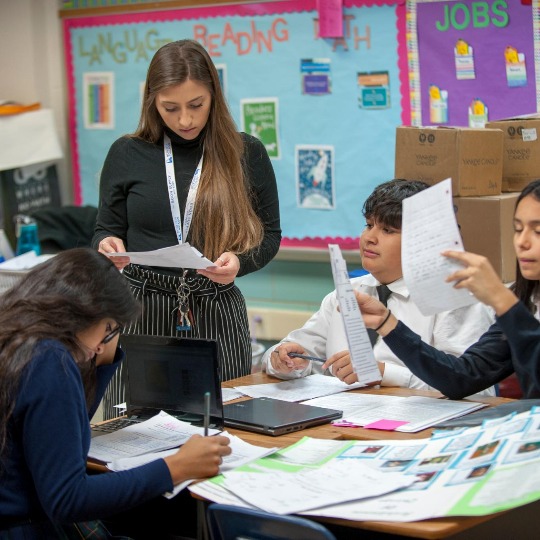As any Catholic parent can attest, the decision of where to send children to school isn’t always obvious or clear.
In many parts of the United States, the question is multiple choice: parish school, private Catholic school, traditional public school, public charter school, private secular school, or home school.
The factors feeding the decisions can be complicated: distance to commute, cost, safety, family pressures, the abilities and interests of the children, and the “orthodoxy” of the parents.
As if these are not enough issues to juggle, in 2020 there is another HUGE issue: coronavirus.
Should kids return to their classrooms (with appropriate social distancing, masks, and barrels of hand sanitizer)?
Should kids stay and home and learn via email, Zoom meetings with teachers, and internet classes?
Should schools use some combination of the two, having in-person classes a couple of times a week and distance learning the other days?
Catholic schools – and every other educational institution – are making plans to reopen in some form is just a few weeks. To get a sense of how that process is going and the issues involved, ZENIT reached out to Kathy Mears, Interim President/CEO of the National Catholic Educational Association (NCEA). She made time to answer a few questions.
How many Catholic schools in the United States and how many students are served?
We have 6,183 schools, 4,995 elementary and 1,188 secondary. They serve 1,737,297 students served, 1,201,391 elementary students and 535,906 secondary students.
What are the Key benefits of Catholic education?
Our schools are the best evangelization tool the Church has ever had. Graduates of Catholic schools are more likely to be going to Mass and practicing their faith when they are older than our graduates of other types of schools. Catholic school graduates are civic-minded. They vote in greater numbers than graduates of public schools, are more likely to volunteer, and are more likely to participate in civic activities.
What are the key challenges facing today’s Catholic schools?
Finances are the number one challenge. Previous generations of immigrants to the United States received very cheap, if not free Catholic education. This generation of immigrants is being asked to pay and they do not have the funds. Parish donations to Catholic schools have declined significantly over the years to where some parishes do not provide direct financial subsidies. Parents are being asked to pay most of the costs and many parents cannot afford it.
How are schools planning to reopen? -What will be the balance between in-person and remote learning?
Most will be in person, but they are prepared to switch to remote learning if needed. Many schools will be providing an online option for students that are unable to participate in person for health reasons or if the parents do not feel comfortable sending their children back to in-person classes.
Examples of dioceses or networks that are leaders in preparation?
Good models include the Archdiocese of Portland, the Archdiocese of Chicago, and the Diocese of Birmingham in AL.
(Go here to view Chicago’s reopening plan.)
How many schools do you expect will close due to the pandemic?
We have 135 confirmed. It will probably grow to around 150 schools that will not reopen.
What is the role of Catholic schools in serving disadvantaged populations, minorities, non-Catholics?
Minority students who attend Catholic schools are 42% more likely to graduate from high school. They are also 2.5 times more likely to graduate from college. 21.8% of our students are minority and 19% come from homes that are economically disadvantaged.
How can Catholic schools emerge from the Pandemic in a strong position?
We need to stay true to our mission of evangelization of providing our students with multiple encounters with Christ each day. We also need to think creatively about how we serve students. We may be adopting new curriculums in the future that focus on teaching a child a second language or one that focuses on STREAM: Science, Technology, Religion, Engineering, Arts, and Math. We need to rethink how we involve parents and those changes have begun as we have fought the pandemic together.
What is your greatest fear for Catholic schools at this time?
That parents will delay making a decision, leaving schools no choice but to close, because they don’t believe they will have enough students or tuition funds to pay teachers for a full year.
What is your greatest hope for Catholic schools at this time?
That we will use the pandemic to rethink everything we do to make sure that what we are offering families is what they want and need. Times of crisis offer many opportunities and I am hopeful we find those opportunities and approach them with innovative thinking and much hope.
NCEA is the largest, private professional education association in the world. NCEA works with Catholic educators to support ongoing faith formation and the teaching mission of the Catholic Church. Membership includes more than 150,000 educators serving 1.9 million students in Catholic education.



